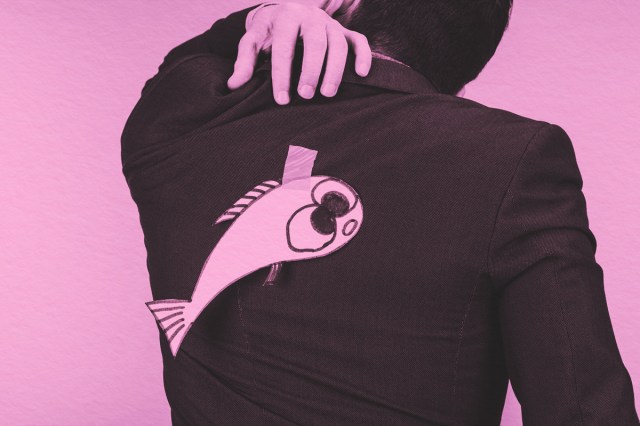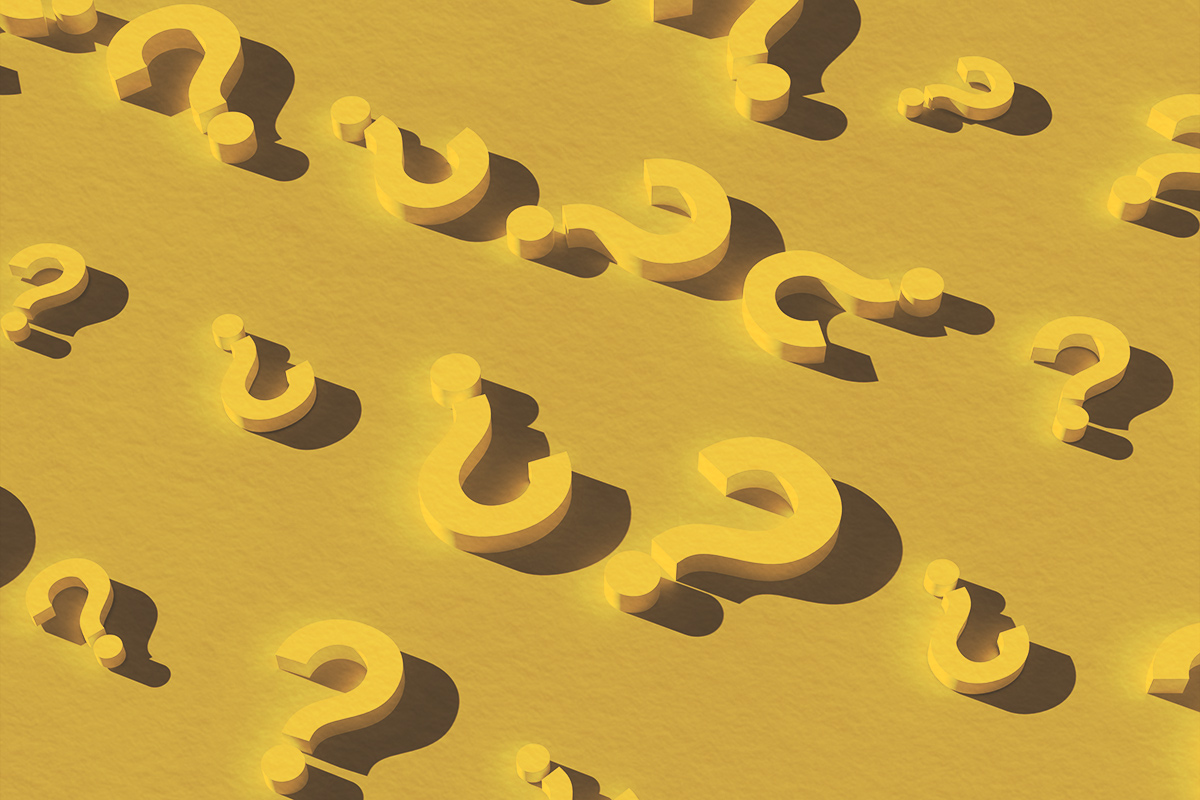
On April Fools’ Day, it’s tricky to determine what’s true and what’s a lie, so it’s only appropriate that the holiday’s origins are murky, too. Some theorize the day is rooted in the ancient Roman festival of Hilaria, celebrated with revelry and merriment, because it historically occurred around the end of March. Others claim April Fools’ Day is reminiscent of Holi, a joyous Indian celebration, which also typically takes place later in March. But despite the merrymaking resemblances, we can’t directly trace April Fools’ Day to either holiday.
It was in Renaissance Europe that the first references to April Fools’ celebrations began to appear in text. Some argue it began with a line in “The Nun’s Priest Tale,” a 1390s poem by Geoffrey Chaucer, featuring a rooster tricked by a fox: “Syn March bigan, thirty dates and two.” The Canterbury Tales, the larger work in which the poem appears, is rife with punny language, so many interpret the line to reference March 32, or April 1, since there are only 31 days in March. However, others chalk it up to a scribal error, and we’ll likely never know for certain.
In French literature, poisson d’avril — or “April Fish” — first appeared in a 1508 poem whose title translates to “The Book of Devilry.” While this poem doesn’t explicitly reference April 1, it refers to the idea that fish are more plentiful in spring, and thus easier to catch — similar to luring a gullible person into believing something untrue. Today, the term poisson d’avril is used to mean “April Fools’ Day” in French.
The first definitive allusion to April Fools appears in a 1561 Flemish poem by Eduard De Dene, in which a servant is sent on several seemingly impossible fool’s errands simply because the date is April 1. But it wasn’t until 1686 that the first English reference to April Fools’ Day, specifically, appeared in text, in a book by John Aubrey:
Is set apart for all Fool’s Day
But why the people call it so
Nor I nor they themselves do know
Aubrey’s writing shows that while the purpose of April Fools’ Day was well understood in Renaissance Europe, people were still uncertain about its origin. We’re unlikely to find the true origin either, some 340 years later. This isn’t a prank — just another detail to add intrigue to April Fools’ Day.





















